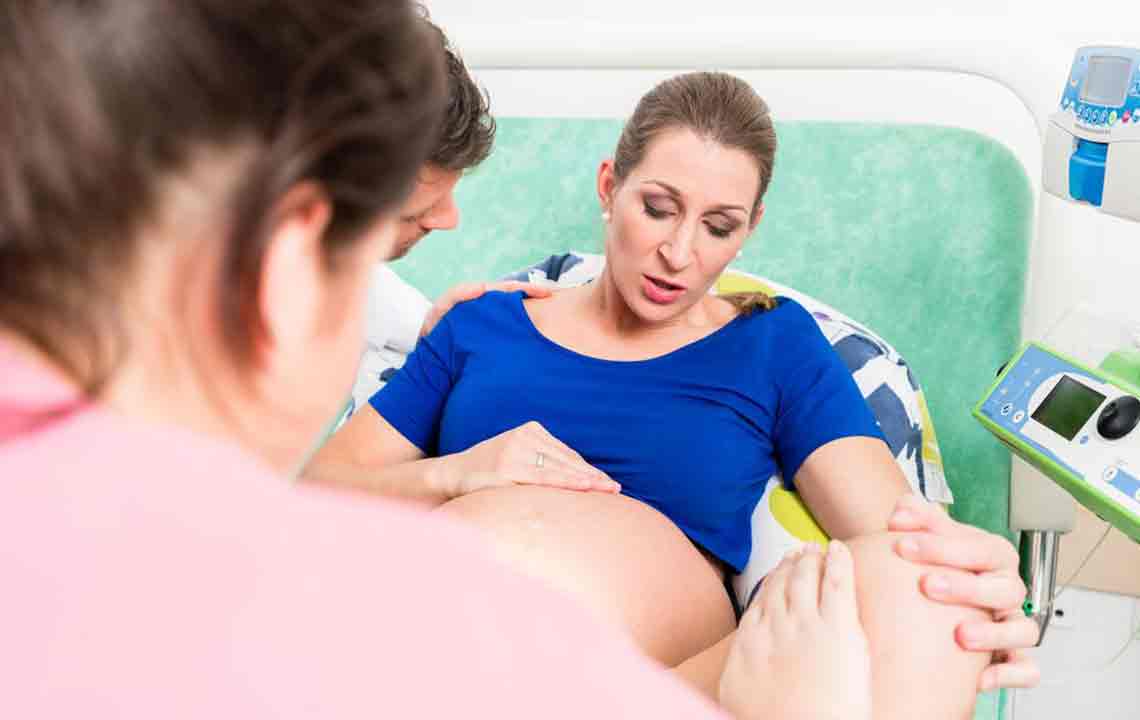Early Warning Signs of Preterm Delivery You Should Know
Recognizing the early signs of preterm birth is crucial for expectant mothers. Symptoms such as cramping, abnormal discharge, and contractions can signal imminent labor. Timely medical attention and understanding risk factors can improve neonatal outcomes and reduce complications. Awareness plays a vital role in ensuring a healthy pregnancy and minimizing risks associated with preterm delivery.

Early Warning Signs of Preterm Delivery You Should Know
Preterm delivery occurs when labor starts before 37 weeks of pregnancy, posing risks to the newborn. Recognizing early symptoms is vital, as many women overlook them as minor discomforts. Babies born before 23 weeks face survival challenges, while those born at or after 25 weeks have better chances, though long-term health issues remain a concern. Critical development occurs between 34 and 37 weeks, making early detection crucial for better outcomes.
Since lung maturity is among the last developments, medical professionals often recommend medications to support fetal lung growth if preterm labor appears imminent. Being vigilant about warning signs helps lower risks and promotes healthy pregnancies. Any pregnant woman can experience preterm labor, highlighting the importance of awareness.
Common signs of impending preterm labor include menstrual-like cramping, sometimes with diarrhea. An increase in vaginal discharge that’s pink or blood-tinged can also be an alert. Pain during urination might signal urinary infections, which need prompt treatment to avoid affecting the baby. A dull, persistent ache in the pelvis, lower back, thighs, or belly, along with frequent contractions (more than four in twenty minutes or eight per hour), are important indicators.
Other warning signs include fever, fatigue, abdominal discomfort, sudden swelling of the face or hands, and ongoing vomiting, which may point to preeclampsia—a serious condition that can trigger early labor if overlooked. Preeclampsia involves high blood pressure and protein in urine after 20 weeks, risking both mother and child.
If these symptoms arise, immediate medical consultation is critical. Doctors may conduct exams or tests to confirm preterm labor and suggest treatments such as medications, bed rest, or procedures like cervical cerclage. Acting swiftly improves pregnancy outcomes.
Risks like multiple pregnancies, infections, a short or incompetent cervix, young maternal age, smoking, or drug use increase preterm labor chances. Awareness and early intervention are essential in preventing premature births.


